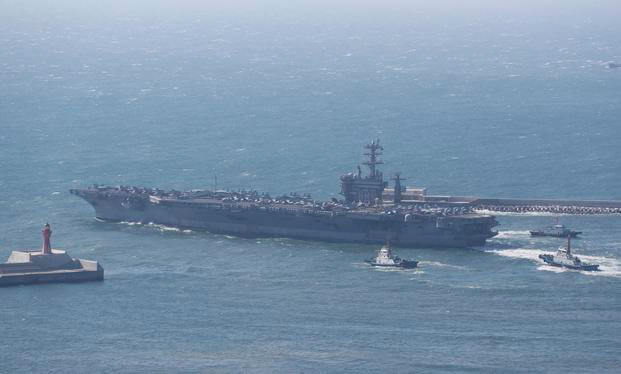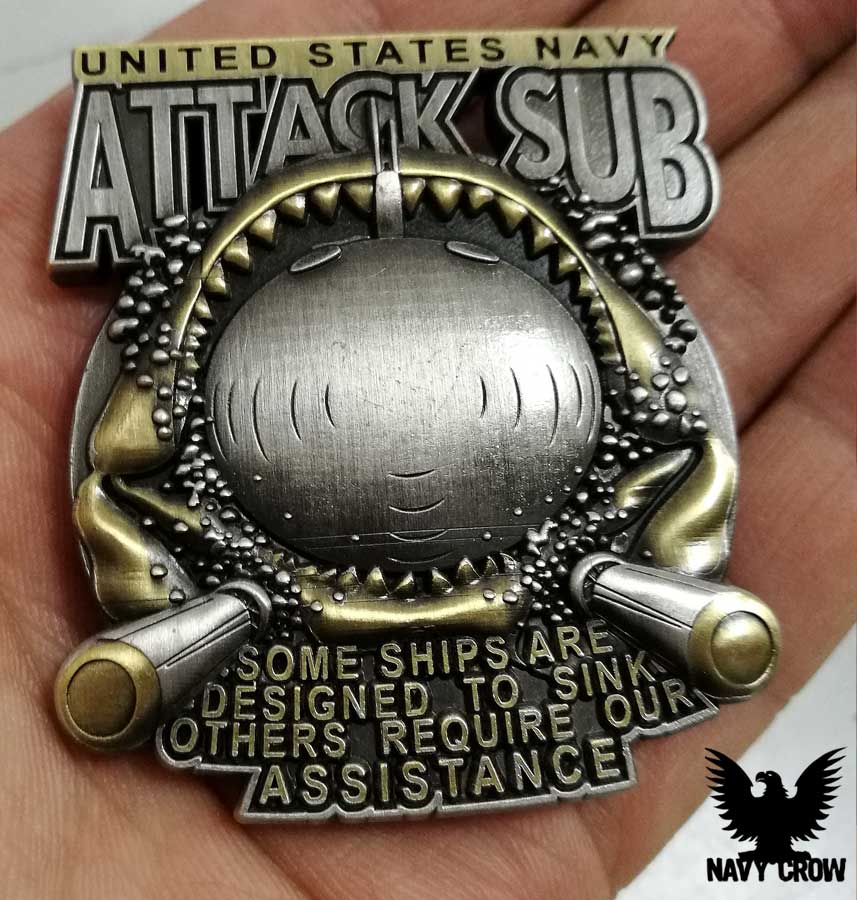South Korea, the United States, and Japan commenced their first anti-submarine drills in six months on April 3rd to enhance their coordination against North Korean missile threats. The two-day drills occurred after North Korea’s recent unveiling of a battlefield nuclear warhead that caused concerns of the country’s first nuclear test since 2017. South Korea, United States, and Japan conduct joint anti-submarine exercise against North Korea to combat threats in this region.
The maritime exercises took place in international waters off South Korea’s southern island of Jeju and involved the nuclear-powered USS Nimitz aircraft carrier and naval destroyers from South Korea, the U.S., and Japan.

Photo credit: The U.S. Navy’s nuclear-powered aircraft carrier USS Nimitz departs a naval base in Busan, South Korea, Sunday, April 2, 2023. (Cha Geun-ho/Yonhap via AP)
The training was arranged to enhance the three countries’ capacities to respond to underwater security threats posed by North Korea’s advancing submarine-launched ballistic missiles and other assets. The three countries were to detect and track unmanned South Korean and U.S. underwater vehicles posing as enemy submarines and other assets. North Korea’s submarine-launched missiles are serious security threats to the United States and its allies because they are harder to spot in advance.

In recent years, North Korea has been testing sophisticated underwater-launched ballistic missiles and building bigger submarines, including a nuclear-powered one. Last month, the country performed a barrage of missile tests in response to earlier South Korea-U.S. bilateral military drills. The weapons tested included a nuclear-capable underwater drone and a submarine-launched cruise missile, suggesting North Korea is trying to diversify underwater weapons systems.
North Korea’s recent unveiling of a type of battlefield nuclear warhead prompted concerns that it may conduct its first nuclear test since 2017. Observers suggest that the warhead’s unveiling may be a prelude to a nuclear test since North Korea’s last two tests in 2016 and 2017 followed the disclosures of other warheads. If North Korea conducts a nuclear test, it would be its seventh detonation overall and the first since September 2017.
During the warhead-related event last week, North Korean leader Kim Jong Un ordered officials to ramp up bomb fuel production to achieve his stated goal of expanding his country’s nuclear arsenal “exponentially.” Recent commercial satellite imagery of the North’s main Yongbyon nuclear complex indicates a high level of activity, such as the continued operation of its 5-megawatt reactor and new construction around the uranium enrichment plant area.

In addition to the anti-submarine drills, the three countries practiced humanitarian search-and-rescue operations, including saving people who fall into the water and treating emergency patients. It was the three countries’ first such training in seven years. The drills aim to neutralize any type of provocation by North Korea, which views such training as a security threat.
For more information about South Korea, United States, and Japan conduct joint anti-submarine exercise against North Korea please email us at hq@navycrow.com.






